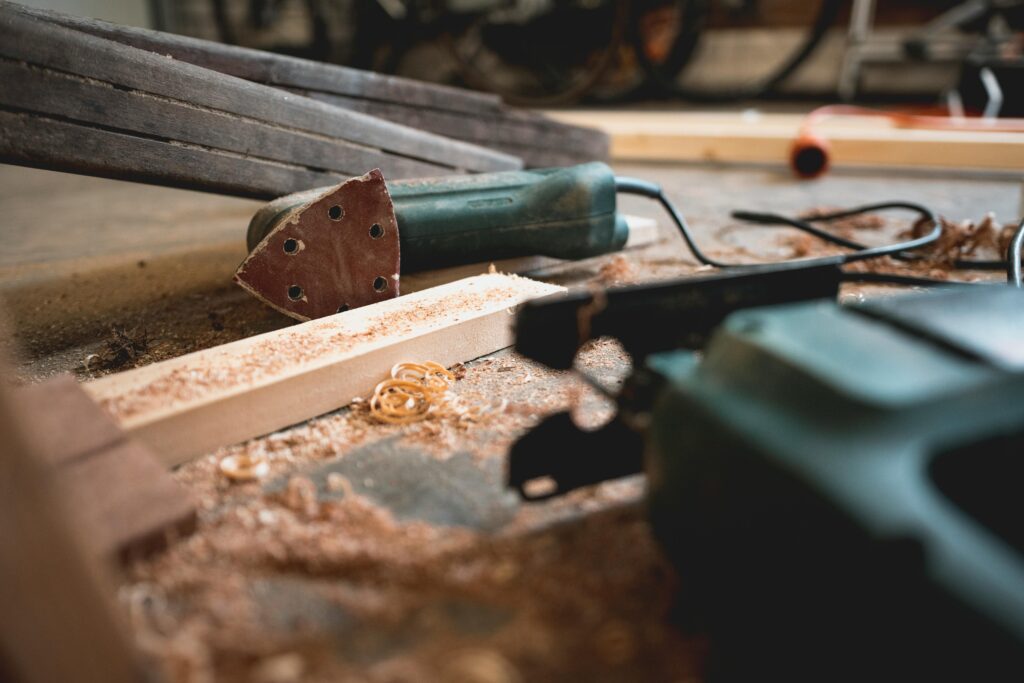
1. The Classic Furniture & Cabinetmaking Woods (Excellent Lifespan & Workability):
- Black Walnut (Juglans nigra):
- Lifespan: High (durable heartwood, moderate stability). Ages to a rich, silvery-gray if unfinished.
- Workability: Excellent with hand and power tools. Sands and finishes superbly. Prized for its rich chocolate-brown color and figure.
- Scarcity: Increasingly scarce/expensive for large, clear pieces due to high demand and slow growth. Walnut slabs are highly sought-after. Seek sustainable walnut sources.
- Uses: Heirloom furniture, carving, gunstocks, turning, decorative accents.
- Cherry (Prunus serotina):
- Lifespan: Moderate to High (durable, very stable when seasoned properly). Darkens beautifully with light exposure to a deep reddish-brown.
- Workability: Exceptional. Among the best woods for hand tool work – planes like glass. Sands and finishes flawlessly.
- Scarcity: Readily available domestically, though high-quality, wide boards command higher prices. Generally sustainable.
- Uses: Fine furniture, cabinetry, intricate carving, musical instruments, turning.
- Hard Maple / Sugar Maple (Acer saccharum):
- Lifespan: Very High (extremely hard and durable, moderate stability). Resists wear exceptionally well.
- Workability: Good, but hard (high Janka). Can be tough on tools. Requires sharp blades. Sands to an incredibly smooth, bright white finish. “Birdseye maple” and “Curly maple” are highly figured, valuable variants.
- Scarcity: Abundant and sustainably managed in North America.
- Uses: Cutting boards, butcher blocks, flooring, furniture frames, tool handles, bowling alleys, turning.
- White Oak (Quercus alba):
- Lifespan: Very High (rot-resistant due to tyloses, stable, especially quarter-sawn). The gold standard for durability.
- Workability: Good, but can be tough and splintery. Pre-drilling recommended. Quarter-sawn shows beautiful ray fleck patterns. Finishes well.
- Scarcity: Readily available, though quarter-sawn material is more specialized/costly. Sustainable.
- Uses: Outdoor furniture, boatbuilding, barrels, fine furniture (especially Arts & Crafts style), flooring.
2. The Versatile & Accessible Woods (Good Balance):
- Red Oak (Quercus rubra):
- Lifespan: Moderate (less rot-resistant than White Oak, porous). Good stability.
- Workability: Very Good. Easier to work than White Oak. Machines and finishes well (though open grain often requires filler).
- Scarcity: Extremely abundant and affordable in North America. Very sustainable.
- Uses: Furniture, cabinetry, interior trim, veneer, turning. A staple “workhorse” wood.
- Ash (Fraxinus spp.):
- Lifespan: Moderate to High (strong and resilient, but susceptible to Emerald Ash Borer). Good stability.
- Workability: Excellent. Similar to Oak but often lighter and slightly easier to work. Good bending properties. Finishes well.
- Scarcity: Availability declining rapidly due to Emerald Ash Borer devastation. Reclaimed ash or urban ash lumber are increasingly important sources.
- Uses: Tool handles, baseball bats, furniture, sports equipment, chairs, turning.
3. The Carver’s & Turner’s Delights (Superior Workability):
- Basswood (Tilia americana):
- Lifespan: Low (soft, not durable). Best for indoor pieces.
- Workability: Exceptional. The premier wood for hand carving. Very soft, minimal grain resistance, holds fine detail. Sands easily.
- Scarcity: Readily available and affordable.
- Uses: Carving (especially relief and whittling), turning, model making, musical instrument parts.
- Butternut (Juglans cinerea):
- Lifespan: Low (soft, poor durability). Similar to Walnut in appearance but lighter and less durable.
- Workability: Excellent. Easy to work with all tools, carves very well. Often called “White Walnut“.
- Scarcity: Increasingly scarce due to canker disease. Can be hard to find large, clear stock.
- Uses: Carving, furniture (especially painted), interior trim, turning.
4. The Exotic Allure (Beauty with Scarcity & Workability Challenges):
- Mahogany (Various Genera – Swietenia, Khaya, etc.):
- Lifespan: High (durable, stable). Classic rich reddish-brown color.
- Workability: Generally Very Good. Works well, finishes beautifully. Genuine Mahogany (Swietenia) is CITES-listed (endangered). African Mahogany (Khaya) is a more common, sustainable alternative.
- Scarcity: Genuine highly restricted. Alternatives available but verify sustainable exotic wood sources.
- Uses: Fine furniture, boatbuilding, veneer, musical instruments.
- Padauk (Pterocarpus soyauxii):
- Lifespan: Very High (dense, durable, rot-resistant). Vibrant orange/red when fresh, aging to deep brownish-red.
- Workability: Good, but very hard/dense (blunt tools quickly). Can have interlocked grain. Dust can be an irritant. Sands well but color dust stains.
- Scarcity: Available, but ensure ethically sourced tropical hardwoods. FSC certification important.
- Uses: Turning, inlay, decorative accents, outdoor furniture, musical instruments.
- Purpleheart (Peltogyne spp.):
- Lifespan: Extremely High (one of the hardest, most durable woods). Striking purple color (fades to brown over time unless UV protected).
- Workability: Difficult. Very hard/dense, blunts tools rapidly. Can be brittle. Requires pre-drilling. Challenging to sand due to hardness and color.
- Scarcity: Available, but prioritize FSC-certified exotic lumber.
- Uses: Inlay, decorative accents, turning, specialty furniture, marine applications.
